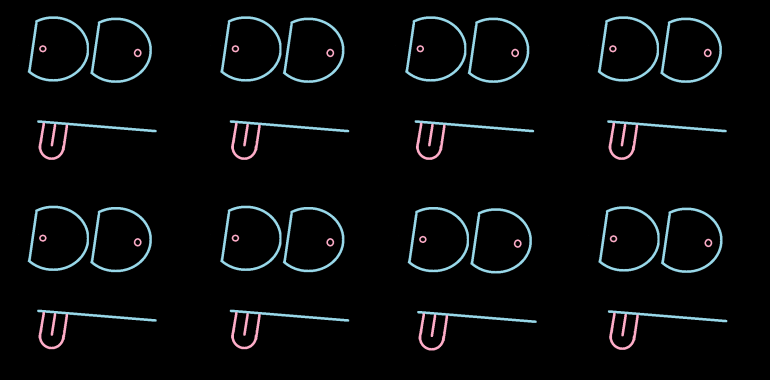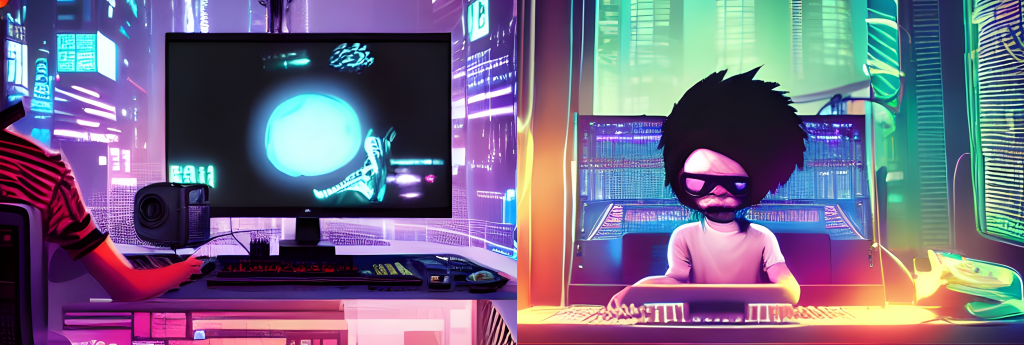Analog fairy dust vs digital harshness

Analog fairy dust vs digital harshness
Not many topics divide the audio community as much as the war of “analog vs digital”. One reason for this is that there are many myths surrounding the “magic of analog” and the “harshness of digital”. It is time to explain where those stem from and whether they are still relevant today. Can we hear differences – even now? Or are “analog sound” and “digital sound” just terms that describe what used to be characteristic differences, that technology and engineering knowledge have long overcome?
The characteristics of digital
When digital first came along, the potential was as clear as its issues. While total recall, price tag, and flexibility were already major selling points, the sound was still “harsh” for multiple reasons.
On the technical side, the issues were mainly aliasing and eq-cramping. Aliasing is an artifact of harmonics “folding back” (un-harmonically) when they exceed the Nyquist frequency (half the sample rate). EQ cramping is an “uneven bell curve” in the airband. Both of these issues primarily affect the high-end and thus can result in the “harshness” that is commonly attributed to digital.
By now, both these issues have been ironed out with code. For example, the most common solution for aliasing is oversampling, which most new plugins (containing harmonics) offer. Digital wouldn’t default to sound any harsher than analog anymore – if analog didn’t have a natural roll-off in the high end. But this can be imitated with a simple LPF “in the box”.
The characteristics of analog
Besides offering zero-latency tracking through processors, every single hardware unit is unique and thus sounds slightly different from every other unit. And of course – it looks good and can be touched.
But analog is expensive, has no “total recall”, takes up a lot of space, has to be recalibrated and maintained (beyond calibration) regularly, and is not very portable. On top of that, it also introduces some noise. While the “recall dilemma” is being successfully tackled by some developers, the other issues, unfortunately, will likely stay forever.
Whether you count the “non-linearities” analog imparts on a sound as positive or negative depends on your philosophy. In my opinion, it can be either. When I talk about “non-linearities” I mean “inconsistencies”. For instance, the compressor will not react exactly the same way every time you run the same audio through it and the EQ curve will not be a straight line (linear) at the “default” setting and also be “moving” or “unstable” (within very reasonable parameters).
Is there still an “analog/digital sound”?
There are things digital can do that analog can’t emulate and there are things analog can do that digital can’t emulate. Yes, the experience in production is different, but the result is not. Nobody can “hear” (or feel) whether a sound was created analog or digital. Nobody. Once we hear it, it is always analog. I can create the most “analog” sound in the box and one can create the most “digital” sound with gear. What we call “analog sound” or “digital sound” is just what used to be common characteristic differences, that technology and engineering knowledge have long overcome.
While analog put up an honorable fight, the war is over, and digital won. Reality is: Every aspect of music production is now ruled by the digital world. “Every aspect”, you ask? Every aspect – with two little exceptions: If you’re recording someone or are trying to impress a client.
When to use analog
The zero-latency of analog is still king. And the right microphone going into a pre-amp and a compressor sounds great, makes the artist feel special, and still has zero latency – in the analog realm. Now granted, digital starts coming really close with the help of DSP. And for most purposes and artists, sub 2 ms of latency will not be an issue. But in the spirit of fairness, one has to admit: In this one area, analog still reigns supreme!
Analog gear in mixing and mastering studios is mainly there to impress clients. It works.

When to use digital
However, when it comes to mixing or mastering, there simply is no rational reason to still use analog gear, other than to impress a client, feel fancy or touch knobs. While being able to tweak with both hands is a valid argument, it’s not a strong one, because there are plenty of options to get hardware controllers for your software.

“But my analog fairy dust!”
By all means, believe what you want to. Once you’re ready to face the truth, countless digital vs analog comparisons are already online. Shootouts, where digital emulations of hardware are sonically indistinguishable from one another. And when there are audible differences, oftentimes, you can’t tell which is which. If you disagree, please do a blind test.
Paul Third is a youtuber who has done plenty of analog vs digital shootouts – with blind tests. Sometimes analog comes out on top, sometimes digital. But not because one sounds digital and one sounds analog – every unit and plugin just sounds different. As stated previously: What we call “analog sound” and “digital sound” is just what used to be common characteristic differences, that technology and engineering knowledge have long overcome.
Conclusion
For most producers, deciding between analog and digital is not a thing. Analog is neither necessary nor affordable. In case you have a professional recording studio, there are reasons to invest in some analog equipment. But other than that, analog controllers for your software absolutely do the trick. If you have a home studio, you can record vocals in high quality without any analog equipment (apart from a mic and audio interface, obviously). Don’t tell yourself you can’t because it is not true and has been done!
Personally, I’m purely in the box for mixing and mastering. I do use hardware controllers for my software and while most of my production is in the box, I believe that having a session musician or artist play a real guitar still holds its value. But that’s because the player brings value, not because an analog instrument sounds better than a virtual instrument. However, recording live instruments is not what usually happens in my productions, but having the option is great. And let’s be real, every hip hop producer wants a neve pre-amp into a Tubetech compressor for their vocalists. Maybe not because it’s rationally needed, but it is emotionally appreciated and sometimes even expected.


Your site visitors, especially me appreciate the time and effort you have spent to put this information together. Here is my website Webemail24 for something more enlightening posts about Government Systems.
You absolutely know how to keep your readers interest with your witty thoughts on that topic. I was looking for additional resources, and I am glad I came across your site. Feel free to check my website Seoranko about Print on Demand Services.
Informative articles, excellent work site admin! If you’d like more information about Search Engine Optimization, drop by my site at Articlecity Cheers to creating useful content on the web!
Your site visitors, especially me appreciate the time and effort you have spent to put this information together. Here is my website Articlehome for something more enlightening posts about Website Traffic.
It is a pleasure to read this weblog, thanks to its up-to-date information and interesting posts. Look into my web page Articleworld for some really good points and find out more about Fraud Schemes.